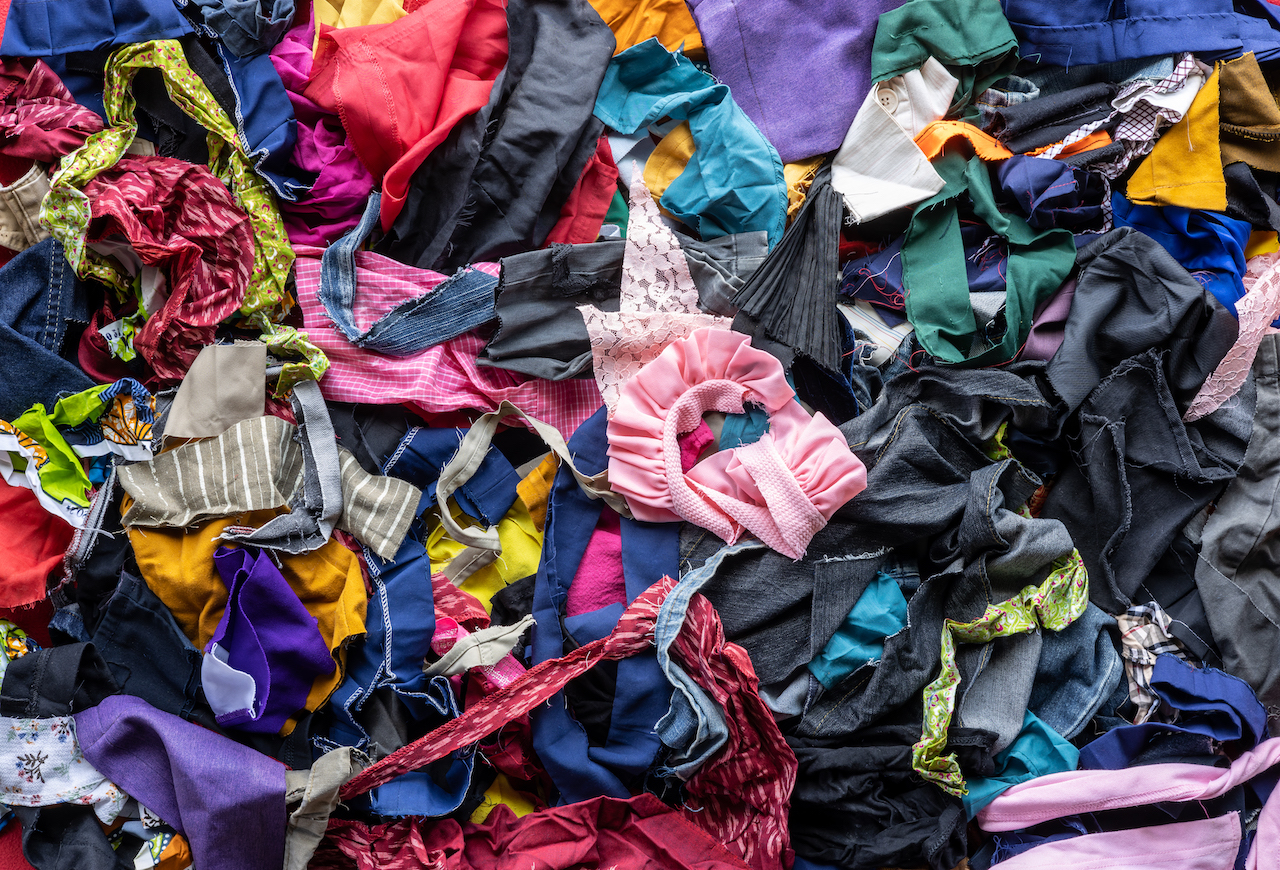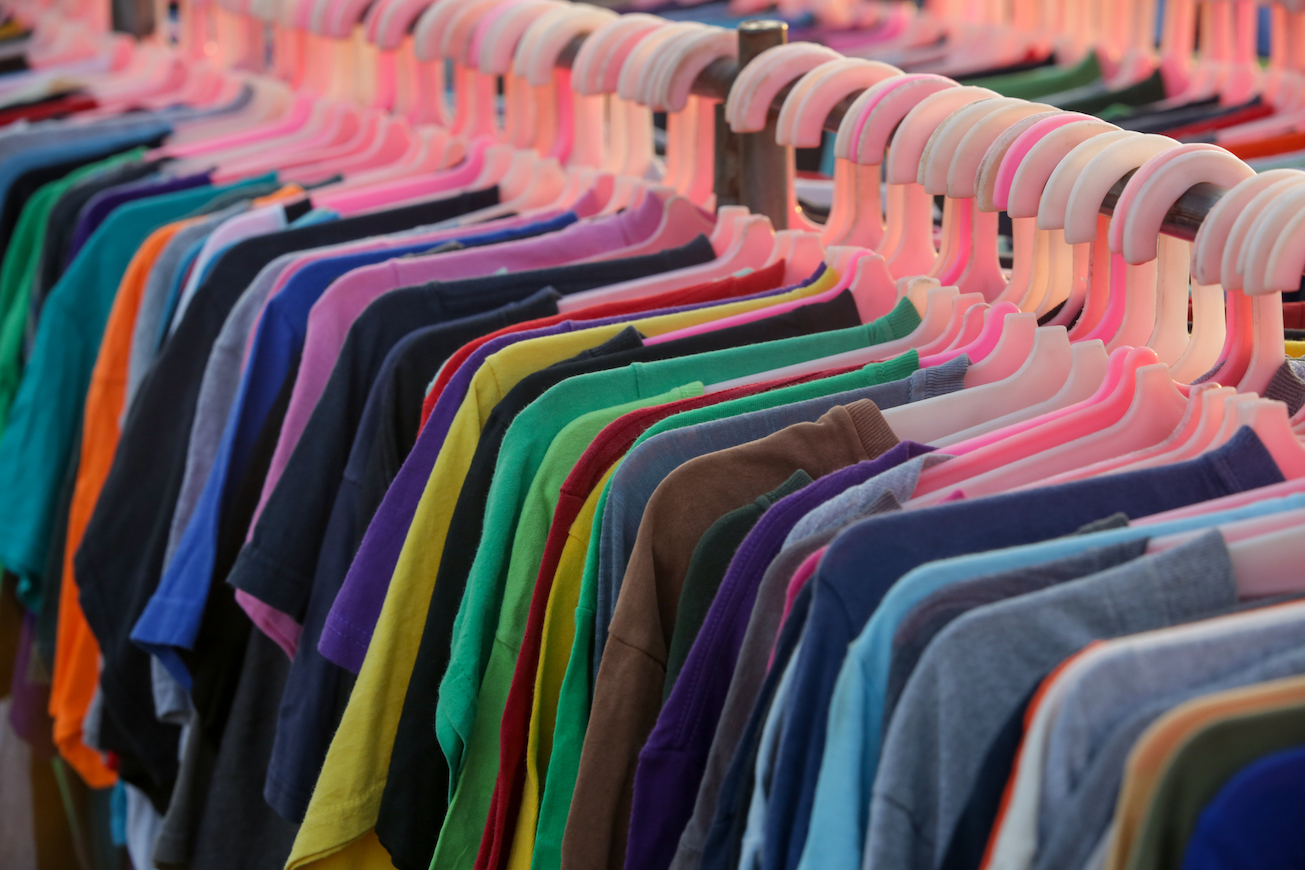The Sorting for Circularity Europe Project highlights the significant opportunity for circularity, with only 2% of post-consumer textiles diverted to fibre-to-fibre recycling today

Fashion for Good, the innovation platform for the fashion sector, and global impact organisation Circle Economy, have released the findings of a joint project, which reveals that 74% of a total of 494,000 tonnes of low-value, post-consumer textiles are readily available for recycling in six European countries.
The analysis of the Sorting for Circularity Europe Project found that sorting and recycling of low value, post-consumer textiles – which describes both low-value and non-renewable textile waste that cannot be reused in its original form – would generate an additional €74m per year in value for the European economy.
The project, which analysed post-consumer garments in Belgium, Germany, the Netherlands, Poland, Spain and the UK is believed to provide the most comprehensive and representative analysis of textile waste composition in Europe to date.
Analysis for the project took place over 16 months with a total of 21 tonnes of post-consumer garments analysed using near infrared technology to determine their composition, and over two time periods to account for seasonal changes in the types of garments entering sorting facilities.
It found that cotton was the most dominant fibre, representing 42% of garments, followed by material blends (32%) of which 12% consisted of polycottons.
Based on the three characteristics of material composition, presence of disruptors such as zips and buttons, and colour, 21% of the materials analysed were deemed suitable as feedstock for mechanical recycling, while 53% were suitable for chemical recycling. This represents a significant opportunity for circularity, as currently only 2% of post-consumer textiles are diverted to fibre-to-fibre recycling.
Investment in infrastructure and innovation
Speaking to Impact Investor, Dolly Vellani, innovation analyst for Fashion for Good, explained that the remaining 98% of textiles ended up in less circular destinations such as down-cycling operations, including as insulation in the automotive sector or as wipers for cleaning across various industries, or in waste-to-energy activities.
According to the authors of the analysis, the amount of textile waste collected is likely to increase with growing levels of consumption and disposal, but also thanks to incoming legislation, such as the revisions expected to the Waste Framework Directive in 2023, which will focus on policy options to bring about a more circular and sustainable management of textile waste in line with the objectives of EU Strategy for Sustainable and Circular Textiles.
The authors said the findings provided a strong business case for sorting of low value textiles required in order to maintain, as well as to increase, sorting capacity in Europe, but that greater investment as well as changes in policy were needed.
Vellani added that investing in both innovation and infrastructure was key: “One of the learnings illustrated the need for further investment in automated sorting infrastructure to enable sorters to monetise the waste streams via recyclers. Further investment is also required in recycling innovations, both chemical and mechanical, to enable further scaling in order to meet the growing demand for recycled fibres.”
Vellani highlighted figures from research by McKinsey that demonstrate that to recycle 18-26% of gross textile waste in Europe, investments in the order of €6 billion to €7 billion will be needed by 2030.
“This is especially relevant as there is a growing demand for recycled fibres from multiple angles: reduction in carbon emissions, upcoming policy changes as well as brand and manufacturer commitments,” she added.
Recommendations and resources
The report provides recommendations for actions that need to be taken by collectors, sorters and recyclers, by brands and manufacturers, by policymakers as well as by consumers and highlights two digital platforms, Reverse Resources and Refashion Recycle, that help to match textile waste from sorters with recyclers.
Circle Economy has also launched two new resources to drive recycling efforts, the Recycler’s Database, a database mapping textile recycler’s capabilities and highlighting gaps between the sorting and recycling industry, and the Sorters Handbook, an open-source guide for the sorting industry.






